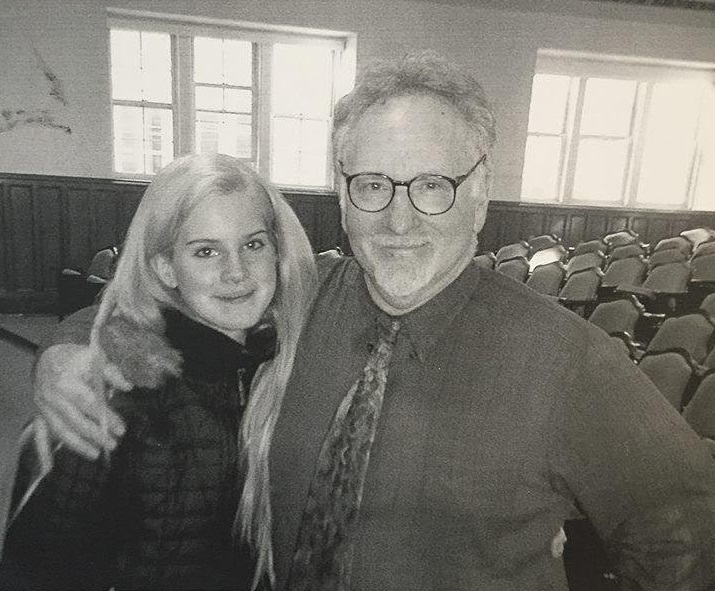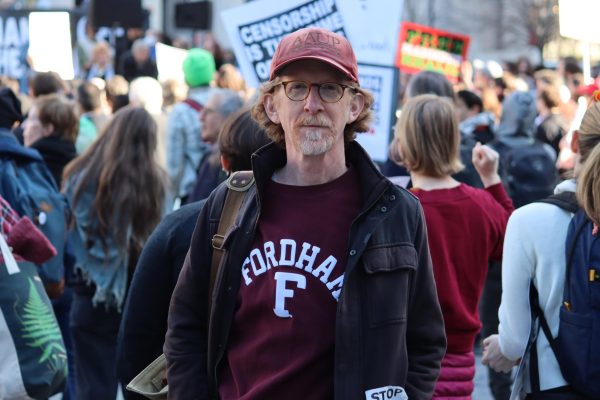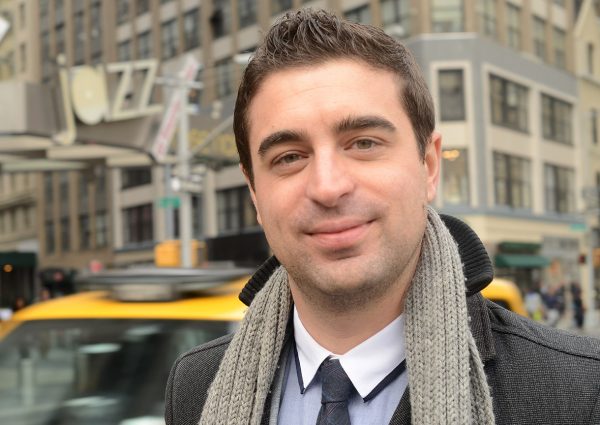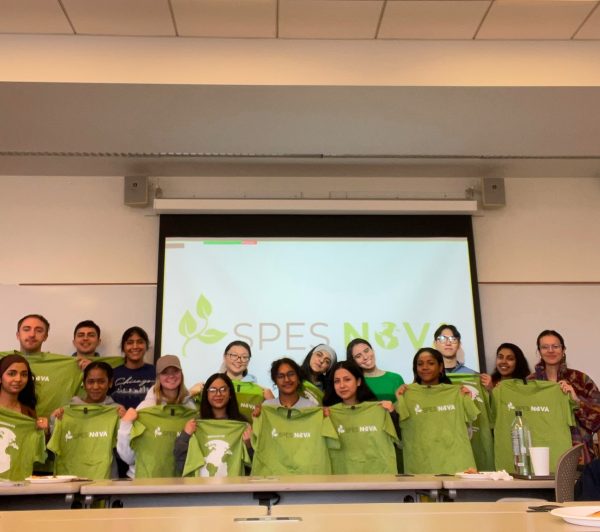Uniquely-Structured Courses Draw Higher Student Interest
By Hannah Gonzalez
Amongst the hundreds of classes offered at Fordham’s undergraduate colleges, several have stood out as student favorites. Semester after semester, they’re the first to fill. But if you’re lucky enough to find a place in one of these classrooms, you’ll gain access to exceptional instructors and a depth of understanding that will stay with you long after the semester has come to a close.
Since 2002, Dr. Mark Naison has been offering the “Rock & Roll to Hip-Hop” course in the African American Studies department. Lizzy Grant, now better known as Lana del Rey, once took this very class, showcasing her singing and songwriting abilities during the Performance Day organized by Naison every year. The class combines traditional lecture and discussion format with films, music and other media to introduce students to the history behind the genres.
“I want the students to come away with certain things,” said Naison. “I want them to think about music in a totally new way, as reflecting historical trends that they don’t connect. But I also want them to fall in love with types of music that they haven’t been exposed to.”
The class has been popular since its conception. Though it’s capped at 35, many more students request to take the class every year, and Naison typically lets up to 45 students into the class. He attributes this popularity to a mix of the subject matter and his own passion for the topic.
“The subject is one which gets people excited, and I have a reputation as being controversial and entertaining,” said Naison. “So if you don’t mind doing a lot of work, you’re not going to be bored.”
Naison grew up with rock and roll music, a genre that grew in response to the new youth consumer market post-WWII. He was introduced to hip-hop later, while coaching his son’s baseball team in the ’90s.
“I started using hip-hop songs in my classes, which my students thought were really cool,” said Naison. “So I said, ‘Why don’t I take the music I grew up with and the music I more recently became exposed to and create a class out of it?’”
He expressed that his own love for the music invites students to develop a passion for the subject matter.
“If you’re a teacher and you love what you’re doing, it tends to get students excited,” said Naison. “If you’re bored, they’ll be bored. And I’m not bored teaching this.”
Carlos Panjon, FCRH ’19, said that the class allowed him to understand music and the history behind it in a new way.
“I knew that a connection existed between rock and roll and hip-hop, but I never fully understood how and why this music had a strong connection,” said Panjon. “After taking the course, I understood in detail how rock and roll emerged almost spontaneously into one of the most popular forms of music.”
Over in the Gabelli School of Business, Professor Francis Petit, associate dean of global initiatives and partnerships, teaches a marketing class that has proved a favorite of business students. “Sports Marketing” centers on the cultivation of what Petit calls a “sports marketing mindset.”
“The mindset is: how do we create value, deliver value, sustain value, with either sports products or services or using the association of sports to sell non-sports products and services?” said Petit.
Instead of a traditional textbook-based format, the class monitors current trends in the field to promote students’ understanding of sports marketing.
“The field has really evolved over the past 15 years,” said Petit. “We don’t use a textbook, because, by the time the textbook comes out, there’s so many different things that are happening.”
Petit encourages his students to spend at least 90 minutes of their day on the online sports platform of their choice. Further, in both discussion and papers, he encourages students to pursue their individual interests in the field of sports marketing.
“I treat the students like adults,” said Petit. “My goal, ideally, is to encourage intrinsic motivation among them. As opposed to doing an assignment for a grade, I want to get them excited about it. They’re excited to do the specific big assignments because it’s topics that they’re really interested in.”
Cen Koci, GSB ’20, registered for the class due to his dual career interests in marketing and sports business, and has appreciated how Petit approaches the subject matter with an eye to current trends.
“Best practices in sports marketing are often changing due to technological and other innovations, and Professor Petit allows students to voice their opinion on the potential direction of these innovations,” said Koci. “I would highly recommend this class to any student who is interested in sports business or marketing strategy.”
Meanwhile, in the English department, Dr. Scott Poulson-Bryant began offering a unique course last spring titled “Stayin’ Alive: Performing Race and
Ethnicity in 1970s U.S. Literature and Popular Culture.” This semester, the class filled within the first two days of registration. A waiting list then formed, from which two more students were able to enter the typically 35-person class.
The course combines traditional literary analysis with film theory and historical context. Poulson-Bryant emphasized the importance of discussion when analyzing film and culture. Additionally, the class features a social media component in which students live-tweet films and respond to one another online.
“Part of the project of the class is to introduce students to thinking about film in a critical way,” said Poulson-Bryant. “We do a little bit of film theory, a little bit of cultural studies, a little bit of aesthetic analysis as a way to think about the themes of these films and how race gets portrayed, how white ethnicity gets portrayed, how they intersect with each other and are in conversation with each other.”
In order to give students a more comprehensive view of 1970s culture and further contextualize the films the students evaluate in class, Poulson-Bryant broadens the texts the class studies beyond the scope of traditional literature.
“Literature is everywhere,” said Poulson-Bryant. “Literature is in the journalism. Literature is in the memoirs. Literature is in autobiographies. So the texts come from this big archive of places to be in conversation with the films.”
Owen Haffey, FCRH ’19, expressed his enjoyment of the relevant discussions prompted in class.
“Professor Poulson-Bryant is fantastic,” said Haffey. “He really helps engage discussion about the differing perspectives and gray areas of race and cultural identity through the analysis of film. His lesson plan helps push the students to discuss the relevance of these topics and how we can learn from them. It’s definitely a must-take class regardless of major.”
All three of these courses will be offered within the next year. For more information, check Degreeworks for course availability.












































































































































































































